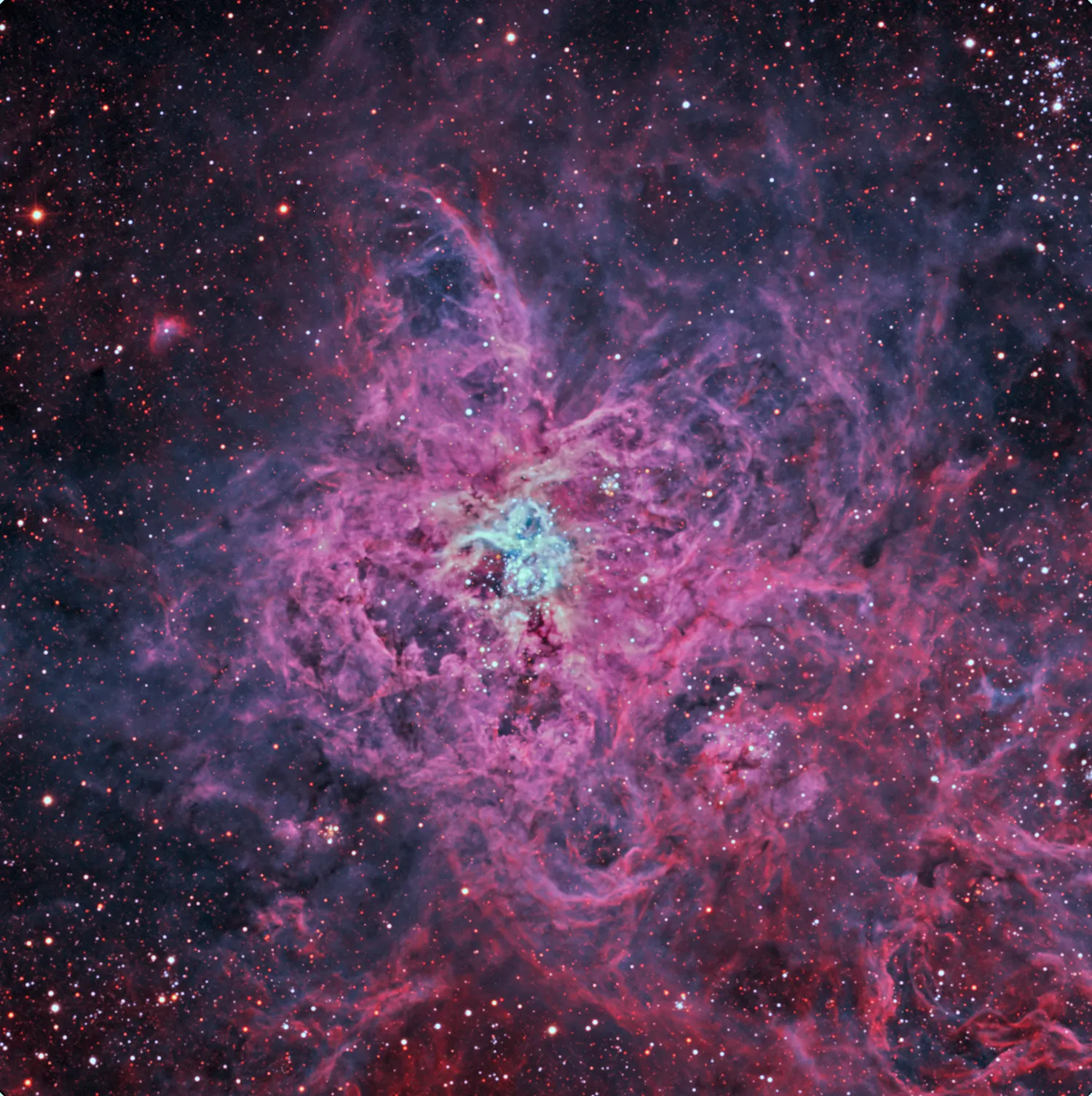What is the Tarantula Nebula
The Tarantula Nebula, a vast and vibrant star-forming region, resides in the Large Magellanic Cloud (LMC), a satellite galaxy of the Milky Way. This stunning celestial object is renowned for its impressive size, intense star formation activity, and breathtaking visual appeal. It is one of the largest and most active star-forming regions in the Local Group of galaxies, making it a prime target for astronomers and astrophotographers. Its complex structure and the presence of numerous young, massive stars provide invaluable insights into the processes of stellar birth and evolution. The Tarantula Nebula stands out due to its exceptional properties, including its proximity to Earth and the high rate of star formation, making it a unique laboratory for studying the cosmos.
Location and Discovery
Where is the Tarantula Nebula Located
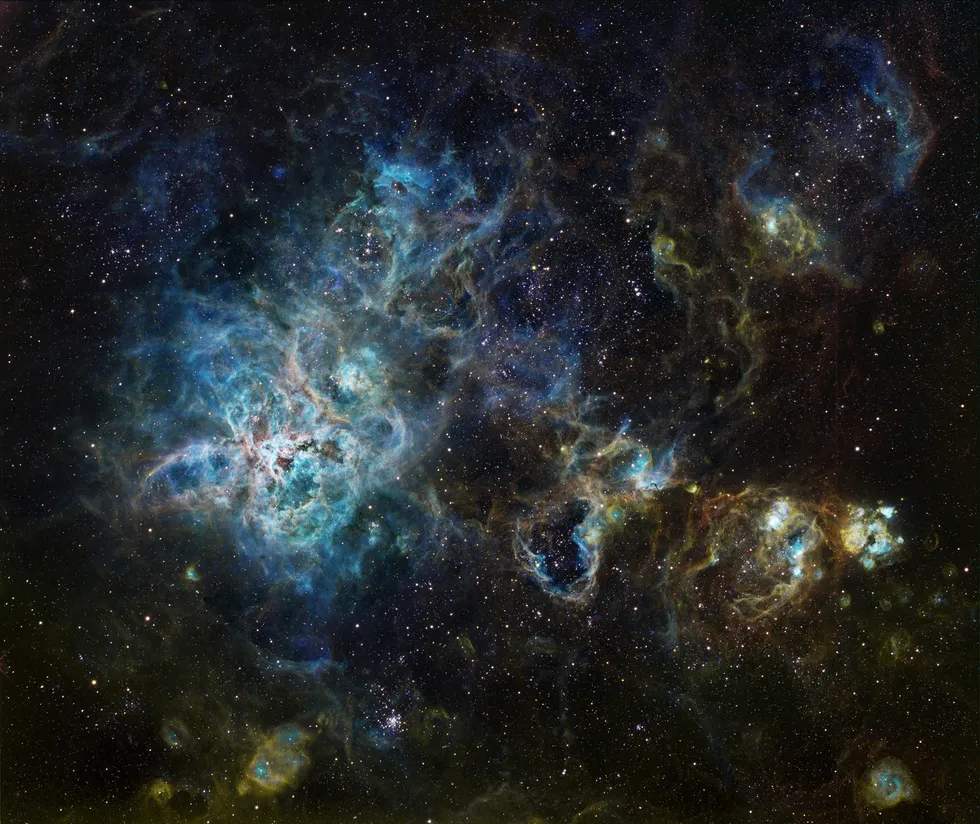
The Tarantula Nebula is situated in the Large Magellanic Cloud (LMC), approximately 160,000 light-years away from Earth, in the constellation Dorado. This location offers astronomers a relatively close view of a star-forming region, providing a detailed opportunity to study the processes of stellar formation. Being part of the LMC allows for the observation of the nebula without the obscuring effects of the Milky Way’s dust and gas, which would typically hinder observations. Its position within a satellite galaxy ensures a clear view, making it a prime object for both amateur and professional astronomers.
Who Discovered the Tarantula Nebula
The precise discovery of the Tarantula Nebula is difficult to pinpoint, as it was likely observed over centuries by various astronomers and explorers. However, its inclusion in catalogs dates back to the 17th and 18th centuries. It was cataloged by the French astronomer Nicolas-Louis de Lacaille in 1751, and its detailed study began with advancements in telescopes and astronomical methods. Modern studies have greatly advanced our knowledge of this nebula, though early observations laid the foundation for its continued exploration and understanding.
Physical Characteristics
Size and Dimensions
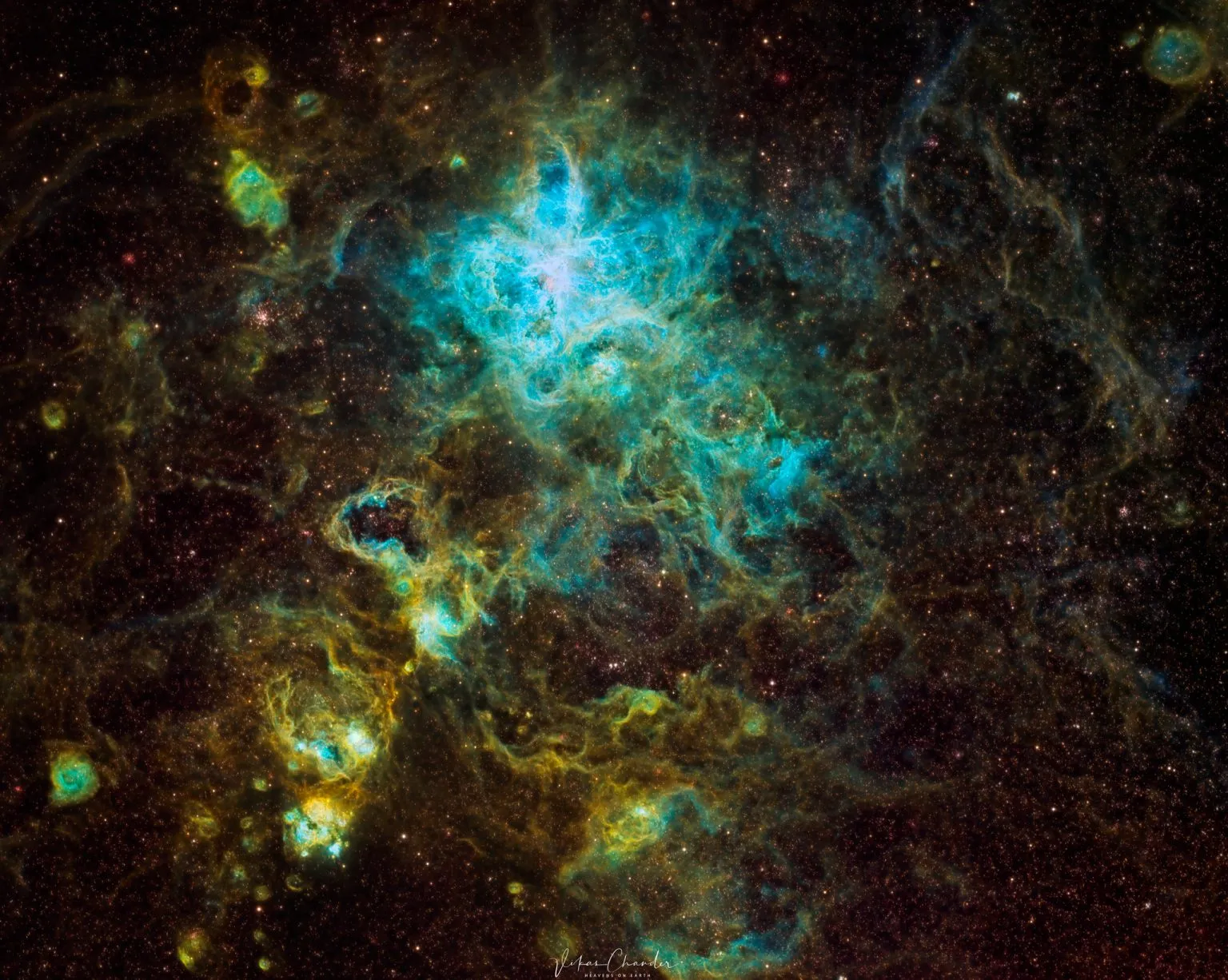
The Tarantula Nebula is an enormous structure, spanning approximately 1,000 light-years in diameter. This vast expanse makes it one of the largest known star-forming regions in the Local Group. The nebula’s impressive size signifies its intense activity and the presence of numerous stars and nebulae, contributing to its striking appearance. The sheer scale of the Tarantula Nebula allows for observations of various stellar processes, making it a significant subject for scientific research. It’s size, combined with its relative proximity, allows astronomers to study stellar evolution in great detail.
Mass and Composition
The mass of the Tarantula Nebula is substantial, composed primarily of hydrogen and helium, along with traces of heavier elements. It’s estimated to contain millions of times the mass of our Sun. This considerable mass provides the raw material for star formation, enabling it to generate countless stars. The nebula’s composition provides insight into the early stages of stellar evolution and the distribution of elements in the universe. Studying its chemical makeup helps in understanding cosmic evolution and the formation of elements essential for life.
Star Formation
Active Star-Forming Region

The Tarantula Nebula is a hotbed of star formation, teeming with young, newly formed stars. This region is characterized by high rates of stellar birth, making it an excellent location to observe various stages of stellar development. The intense radiation and stellar winds from massive stars actively shape the nebula, leading to a complex interplay of gas and dust. This activity helps in understanding how stars form from the collapse of gas and dust clouds. Observing star formation in the Tarantula Nebula offers insights into the early stages of stellar life.
Presence of Massive Stars
A defining feature of the Tarantula Nebula is its population of massive, luminous stars. These stars, many times more massive than our Sun, emit intense radiation and stellar winds, profoundly influencing the nebula’s structure and evolution. The most prominent of these is R136, a stellar cluster containing some of the most massive and luminous stars known. The existence of these massive stars makes the Tarantula Nebula an exciting place to observe the lifecycles of the universe’s largest stars and their impact on their surroundings. Their presence allows for the study of extreme stellar phenomena.
Nebula’s Significance
Impact on Astronomy
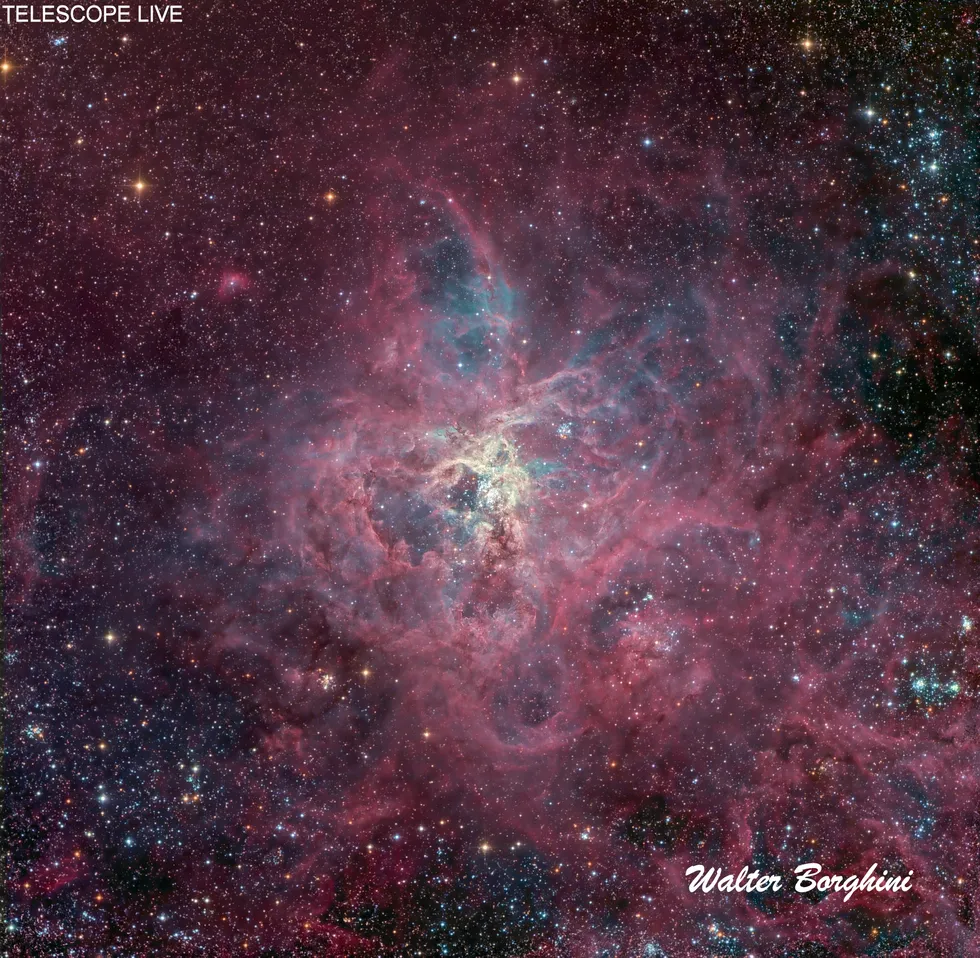
The Tarantula Nebula significantly impacts astronomy as a critical site for understanding star formation and stellar evolution. Its proximity and intense activity provide astronomers with unique opportunities to study the birth, life, and death of stars. It acts as a natural laboratory for testing theories and models of stellar processes. Observations of the Tarantula Nebula offer vital data for understanding the universe’s early evolution and the distribution of elements essential for life.
Future Research
Future research on the Tarantula Nebula will likely focus on detailed investigations of star formation processes, the impact of massive stars on their surroundings, and the evolution of the nebula. Advanced telescopes and instruments will provide further insights into the composition, structure, and dynamics of the nebula. Upcoming studies may also focus on the search for exoplanets within the Tarantula Nebula, thus understanding the potential for planet formation in such a dynamic environment. Furthermore, scientists will continue to utilize data to refine models of stellar and galactic evolution.
How to Observe the Tarantula Nebula
Best Time to Observe
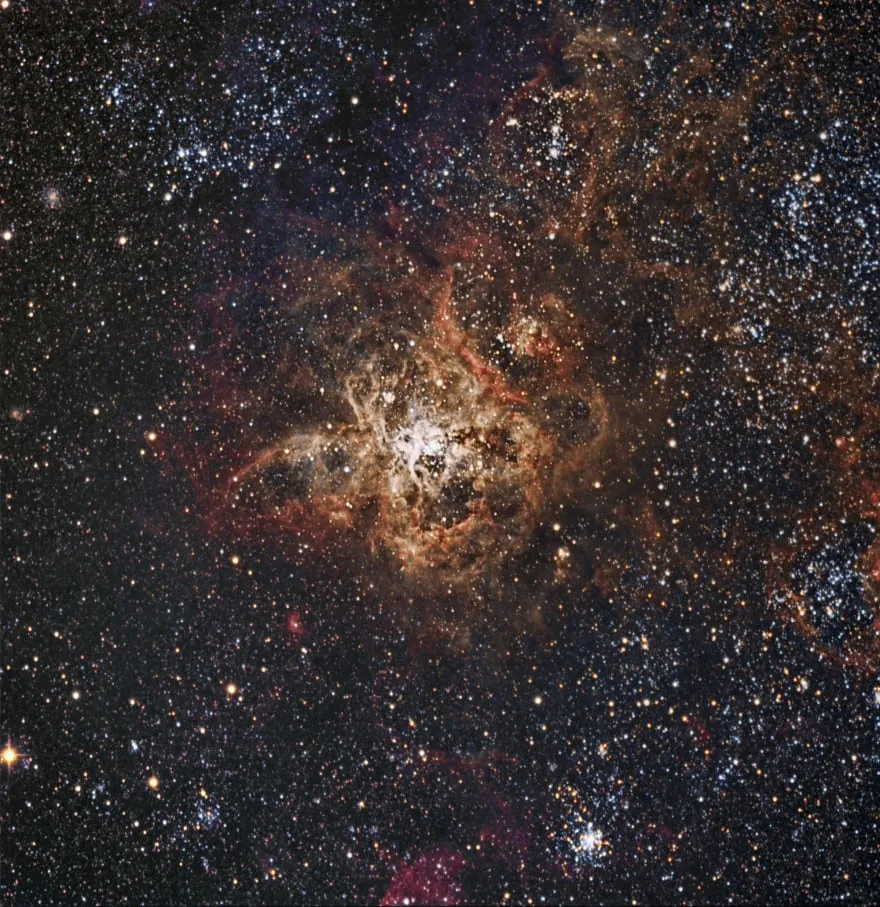
The Tarantula Nebula is best observed during the Southern Hemisphere’s winter months, from late autumn through early spring. This timing provides clearer skies and darker nights, enhancing the visibility of this faint celestial object. However, it’s also visible from some locations in the Northern Hemisphere, but the viewing conditions are less favorable due to its position in the sky. Checking the local astronomical events and the moon’s phase will ensure a clear view, as minimal light pollution is also crucial for optimal observation.
Equipment Needed
To observe the Tarantula Nebula, you’ll need a telescope with a moderate aperture, typically around 4 inches or larger, along with a dark sky site. A wide-field eyepiece will allow you to view the nebula in its entirety, revealing its sprawling structure. For astrophotography, a tracking mount is essential to compensate for the Earth’s rotation. Filters, such as an oxygen-III filter, can enhance the contrast and detail, especially when observing from a light-polluted area. A good camera and image processing software are necessary for capturing and enhancing images.
Tips for Successful Observation
To successfully observe the Tarantula Nebula, select a dark sky location, as light pollution significantly impacts visibility. Allow your eyes to adapt to the darkness for at least 30 minutes before observing. Start with lower magnification eyepieces to locate the nebula before increasing the magnification. Use star charts or planetarium apps to help identify the correct constellation. Patience is important, as the nebula’s details may take some time to become apparent. Consider joining an astronomy club to learn tips from experienced observers and share your astrophotography successes and observations.
